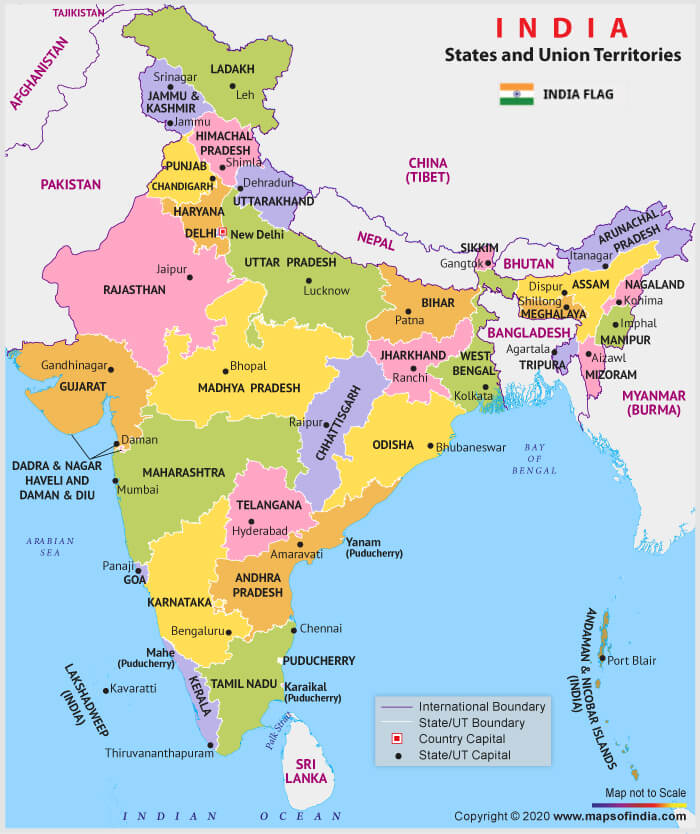MNCs
 Coca-Cola facts
Coca-Cola facts
- 90 million serving of Coke are consumed each day
- Company sells in 200 countries
- Cokes makes so many different beverages that if you drank on per day, it would take you over 9 years to try them all
- 3,500 different beverages
- Coca-colas $35.1 billion in revenue makes it the 84th largest economy in the world
What is a MNC?
- A multinational company is one that operated in more than one country across the world:
- Nike
- Apple
- Dell
- etc....
Characteristics of a MNC
- Huge profits
- HQ in MEDCs
- Large employers
Why operate around the world?
- Bigger market to sell to - more consumers = more profit
- Cheaper labour costs to produce the product in LEDCs so profits are bigger
- Manufacturing your product in the country it is sold reduces transport costs.
- Business conditions - some government offer grants and tax breaks for a firm like Coke to set up in their country.
- Brand status - selling and the advertising that goes with it increases the value of your brand and customer loyalty.
Bangalore
Industrial location case study LEDC
What is Bangalore?
- Bangalore has become the location of 'offshore' head offices
- This means all the MNCs who are not Indian owned but have set up big offices there
- Has a population of over 6 million
What is important in location of industry and MNCs?
- Cheaper production and employment costs in LEDCs and NICs like India
- Growth of markets outside MEDCs - India has 1.2 billion people and it's growing. Europe is tiny in comparison on 500 million to buy MNCs products
- Growth of skilled workers. Lots of people in NICs are highly educated. Due to its colonial past most of the graduates can speak English which is perfect for the MNCs in UK and America.
- Growth of technology and Internet. Businesses can now locate new places outside of MEDCs due to the rise of Internet connections.
Why is it located here?
- Infrastructure - The indian government built a satellite earth station for high speed communications. Suddenly, engineers in Bangalore can communicate instataneously with US colleagues and transmit huge computor files within seconds. Over 1000 MNCs have large offices and research centres here.
- Government Investment - In 1950s the government made Bangalore its 'CAPITAL OF THE FUTURE'
- Education and training - It became a education hub for engineering and computing. Thousands of students study these subjects and are employed by the MNCs once they graduate
Case Study: Coca Cola, India
Where?
- In India there are 27 company owned bottling operations and another 17 franchise-owned ones
- In the year 2000 a subsidiary of the Atlanta based Coca-cola company established a plant in Plachimada, in the Palakkad district of Kerala, southern India.
- 17% of the worlds population is in India, but less than 4% of the worlds freshwater is in India
Environmental impacts

- Coca-cola drew around 510,000 litres of water each day from boreholes and open wells.
- In the time that Coke has been operating in Kerala, India, water tables have decreased form 12 m to 35 m below ground level (takes 3.8 L of water to make 1 L of coca-Cola
- Coke has been excluded of draining local water aquifer, leaving subsistence farmers with no water sources
- Harvest dropped by 40% because the fields are not irrigated properly
- Wells are almost empty - local villages now have to walk nearly 5 km twice a day to fetch water
- Villages reported that the little water left was undrinkable and when used for bathing it burned their eyes and lead to skin problems
Economic Impacts
- The investment of Coke in India has been blamed for the decline of traditional fruit juices vendors
Strategies to reduce industrial impacts
- Coca-cola have improved their water use efficiency by 14% since 2004 and state they are continuing to invest in new innovations and plant processes to help make even more improvements
- Coca-Cola say they have replenished approximately 93% of the groundwater they use through the creation of rainwater harvesting structures, restoration of ponds and traditional water bodies and interventions focused on improving water use efficiency in agriculture
- Coca-Cola has invested in water harvesting schemes in India; they state actual recharge have been 5 times what they extract from the ground
- For Example, Coca-cola have installed more than 500 rainwater harvesting structures in 22 states, and this year they donated over $1,000,000 (US) to support the revival of Nemam Lake a 1000 acre lake in Tamil Nadu.
 Coca-Cola facts
Coca-Cola facts

